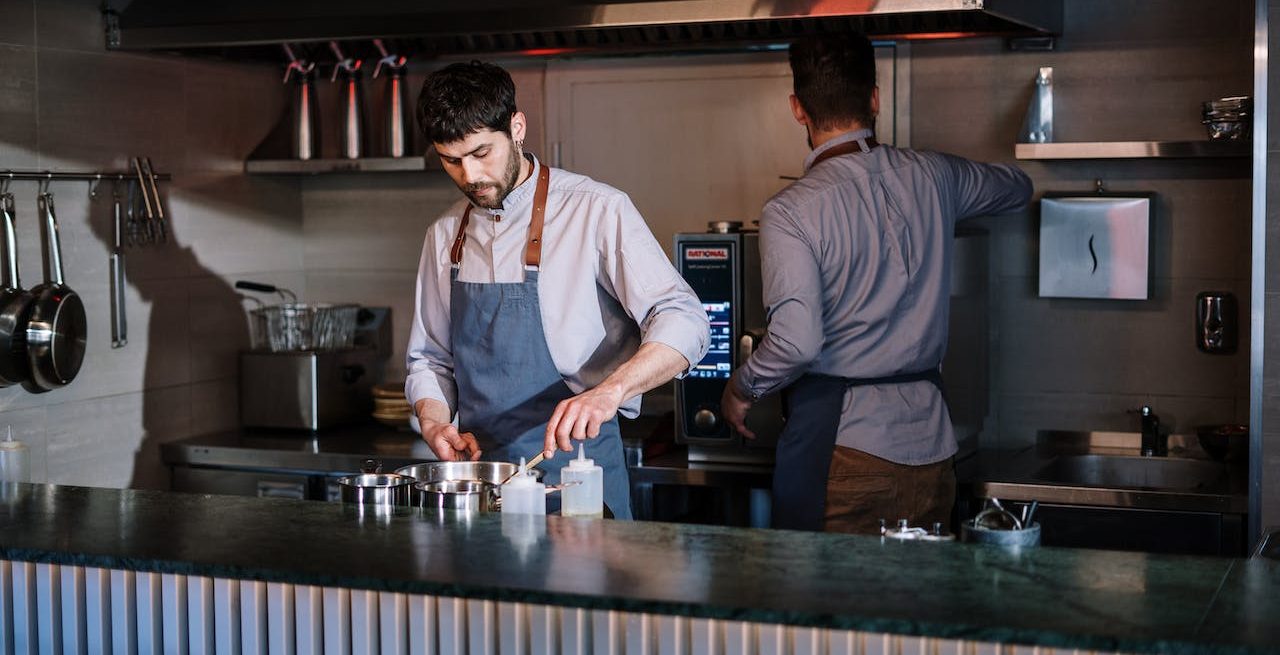Restaurant Staffing Shortages Don’t Have To Be the Norm
3 Min Read By John E. Dorer, David E. Yurkofsky
More than three years and six million jobs later, the restaurant industry reached a milestone this fall. Employment, after having plummeted into the pandemic pit, completed its climb back to the surface.
This is a breakthrough, for sure. The picture could not have been bleaker in 2020, as we all recall. Facing COVID-induced restrictions and worried customers, tens of thousands of restaurants closed within the first year of the pandemic. Many others cut their hours of service and skimped by with skeleton crews as employees either had to be let go or quit. Owners still shudder when asked about those dark days.
Grit and determination, though, brought many businesses back and drove adjustments and innovation.
So, yes, the industry should celebrate.
But only to a point. Restaurant owners know that not everything has returned to normal. The idea of “normal” itself isn’t even clear anymore. From delivery services and automation to customer habits and employee behavior, the landscape looks vastly different than it did in the spring of 2020.
Prior to the pandemic, the industry had long struggled to maintain full employment, constantly searching for entry-level workers in a high-churn business.
Today, demand for workers remains high and is growing. Openings in the combined restaurants and accommodations sector topped one million in August.
Simple math is confronting restaurants as it is other businesses — more Americans are aging out of the workforce than entering into it. That means fewer people applying for jobs and more people feeling empowered to leave for positions at other employers.
This comes as customer demand is rising and market size is expanding.
By taking charge of the situation, and leaving the notion of normal behind, restaurant owners can begin to break from the past, create stability and resilience in their businesses, and position themselves for opportunities.
A long-term solution to staffing shortages lies outside our borders.
Foreign-born workers already play a crucial role in many parts of the U.S. economy. They make up 18 percent of the labor force, according to the Department of Labor. Foreign-born workers in food preparation and serving occupations numbered 1.8 million in 2022, or 6.4 percent of all workers with those occupations. And those numbers are growing.
So, while there is bad news in a shrinking U.S. labor pool, there is good news in people born elsewhere who are eager to start a new life with their families in this country.
Some restaurant industry employers utilize H-2B work visas, which allow them to bring foreign nationals here to fill temporary nonagricultural jobs. But, more employers are now becoming aware of the underutilized EB-3 visa, through which companies can sponsor foreign national workers seeking permanent residence who are eager to find employment.
EB-3, short for “Employment-Based Immigration: Third Preference,” is aimed at skilled workers, professionals and sub-skilled workers performing jobs for which qualified workers are not available in the U.S.
Here’s the process:
- Employers first file a Program Electronic Review Management (PERM) labor certification with the U.S. Department of Labor to demonstrate that there are insufficient available, qualified and willing U.S. workers to fill the position, and that hiring the foreign national worker will not adversely affect U.S. workers’ wages and working conditions.
- Once the certification is approved, employers can then file an immigrant visa petition (Form I-140) with U.S. Citizenship and Immigration Services on behalf of the worker.
- Finally, once the applicant’s priority date is current, the applicant can apply for the final permanent residence card (green card) either within the United States or at a U.S. embassy outside the U.S.
The result is a win-win. Workers from abroad who are willing to make the investment to live and work in the U.S. get that opportunity. Employers gain talented and motivated individuals to support their businesses year-round and enrich cultural diversity.
Although the pandemic is over, hopefully never to return, the challenges that staffing poses for restaurant owners continues.
By taking a long-term approach and tapping into a global talent pool to ensure their businesses and the industry thrive, owners can create a “new normal.”


